Reggio Calabria is a city rich in history. Its foundation dates back to 734 BC by the Greek Chalcidian. Since then, the city has always been resurrected on the same site, even after the disastrous earthquake of 1908 that utterly destroyed it. However, it was following this event that the vestiges of classical Reggio and of its rich history emerged. From there, the foundation of the Magna Grecia Museum soon after contributed to the culture and beauty of the Reggio area. Today, Reggio is a cultural city and not only thanks to its museum, but also the Pinacoteca Civica ("Civic Art Gallery"), the Castello Argonese (“Argonese Castle”), the Teatro Comunale (“Community Theatre”) and the Museo del Bergamotto (“Bergamot Museum”).
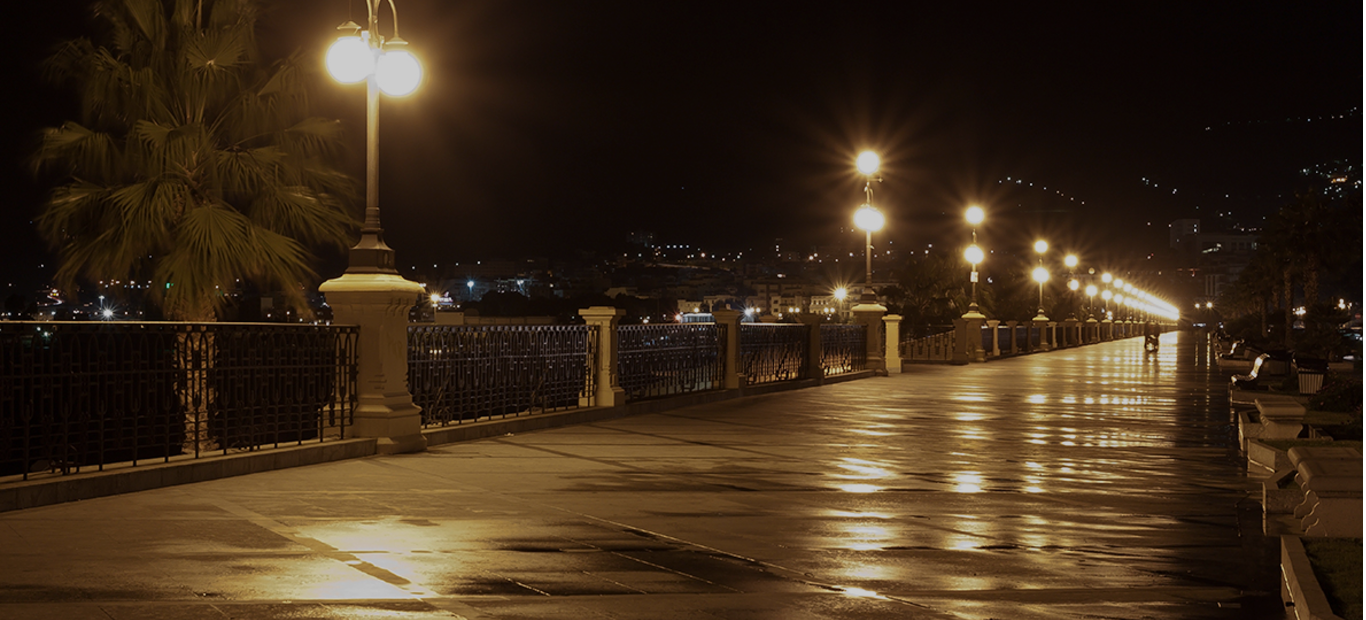
Numbers

The Bergamot Snuffboxes
Calabrian ancestors to preserve tobacco used the bergamot snuffbox. A bottle was built from a small screw cap with the upside-down peel of the citrus fruit in which tobacco was placed, which, when needed, was poured in small quantities into the forearm cavity and then sniffed.
[...]
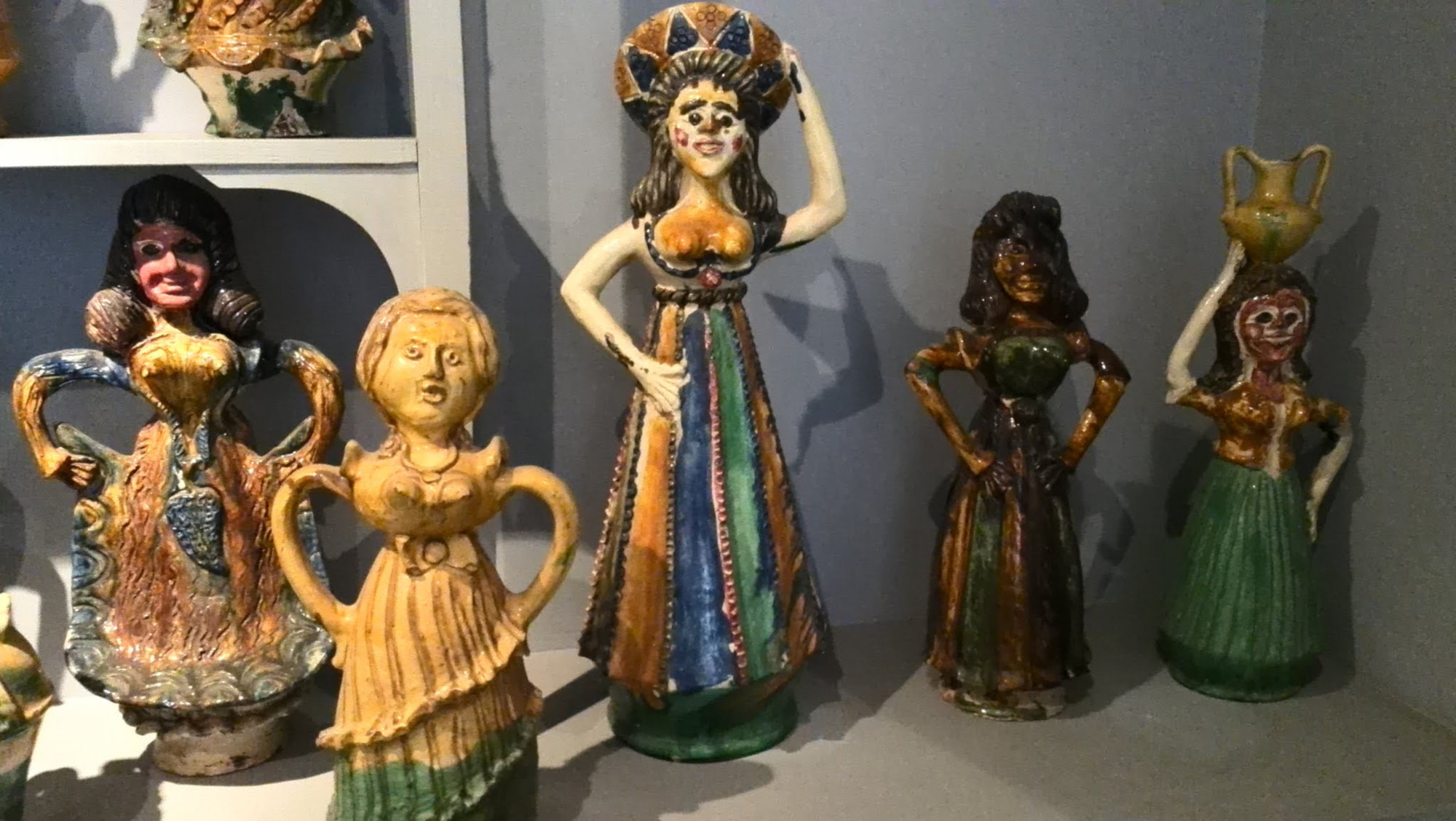
The Ceramics of Seminara
Among the towns valued by the world of pottery, Seminara stands out, where artisans produce symbolic shapes linked to popular traditions: from reproductions of the masks used in Greek theatre, to the grotesque ones used by the local population to keep the evil spirits away. The latter, still today, [...]
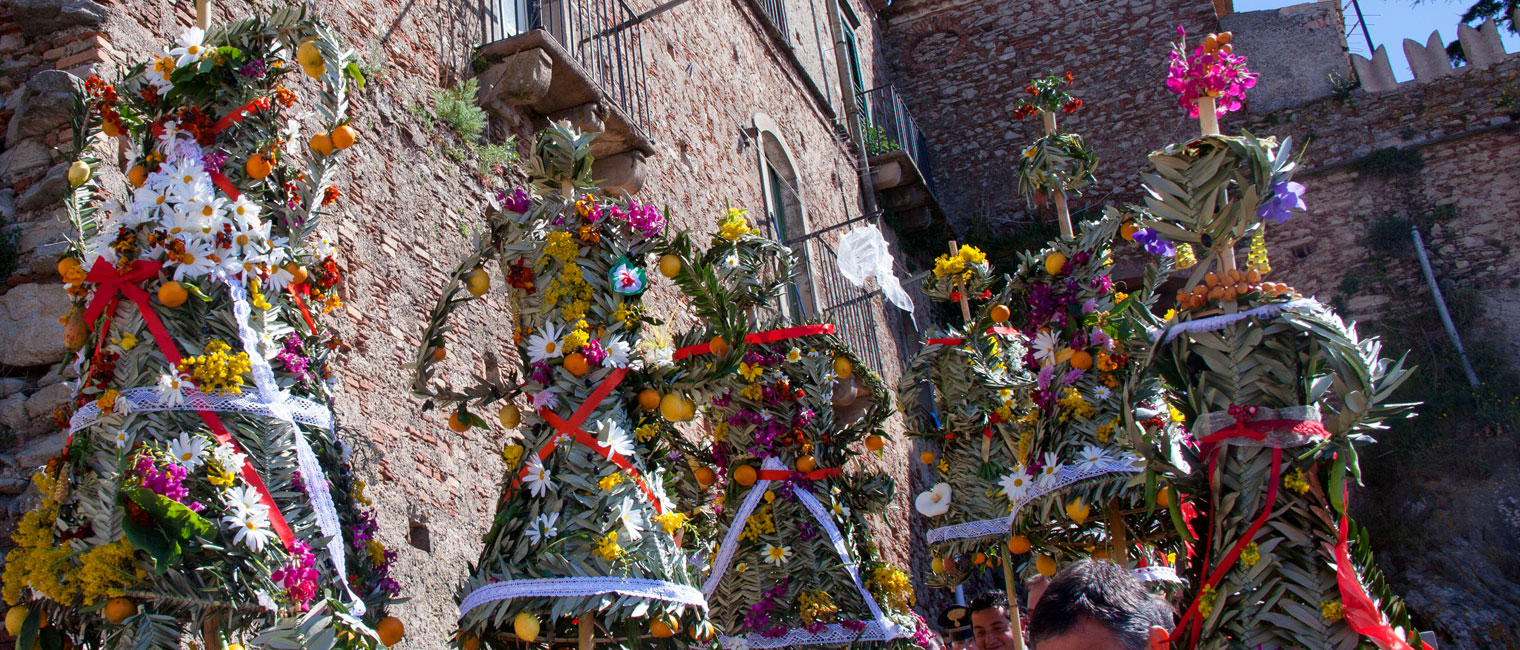
The popular and peasant art of Bovesia
Bova, a village elected in 2013 to be amongst the most beautiful in Italy, belongs to the Calabrian Grecanic Area in which the influence of historical, cultural, and idiomatic experiences becomes tangible. The various foreign dominations, which followed one another over the centuries, have contribut [...]
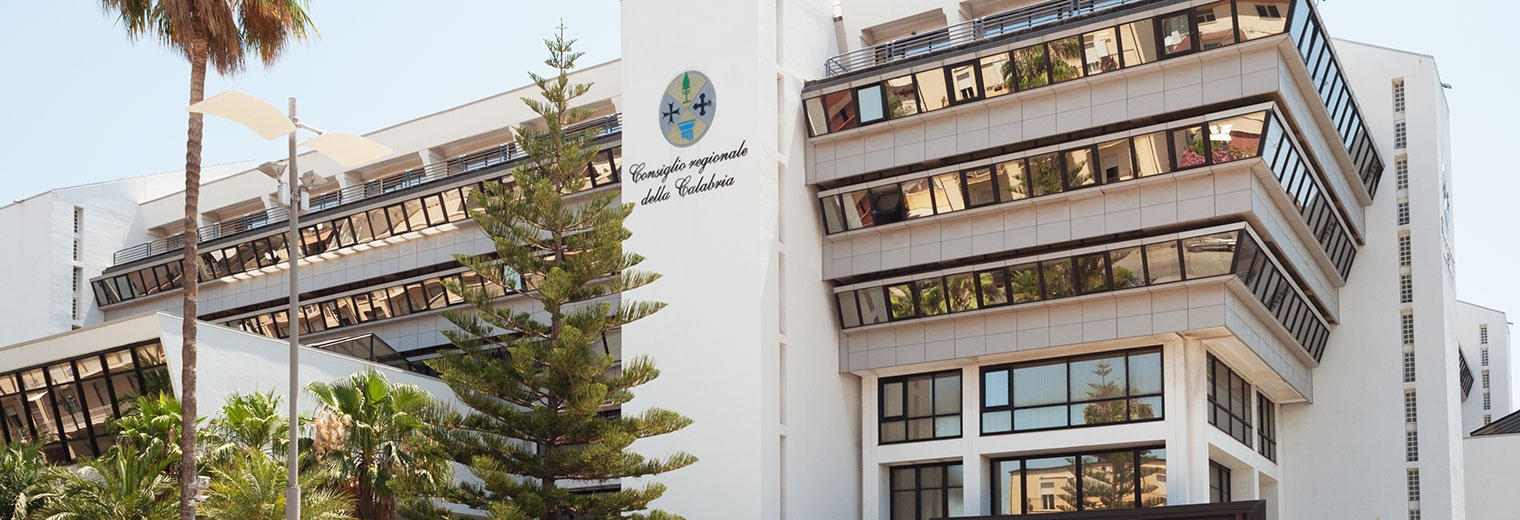
Palazzo Campanella
Palazzo Tommaso Campanella, or more frequently known as Palazzo Campanella, is the building that houses the Regional Council of Calabria. Dedicated to the Calabrian philosopher Tommaso Campanella, it is located north-east of the historic centre of the city of Reggio, on an area of approximately 23,0 [...]
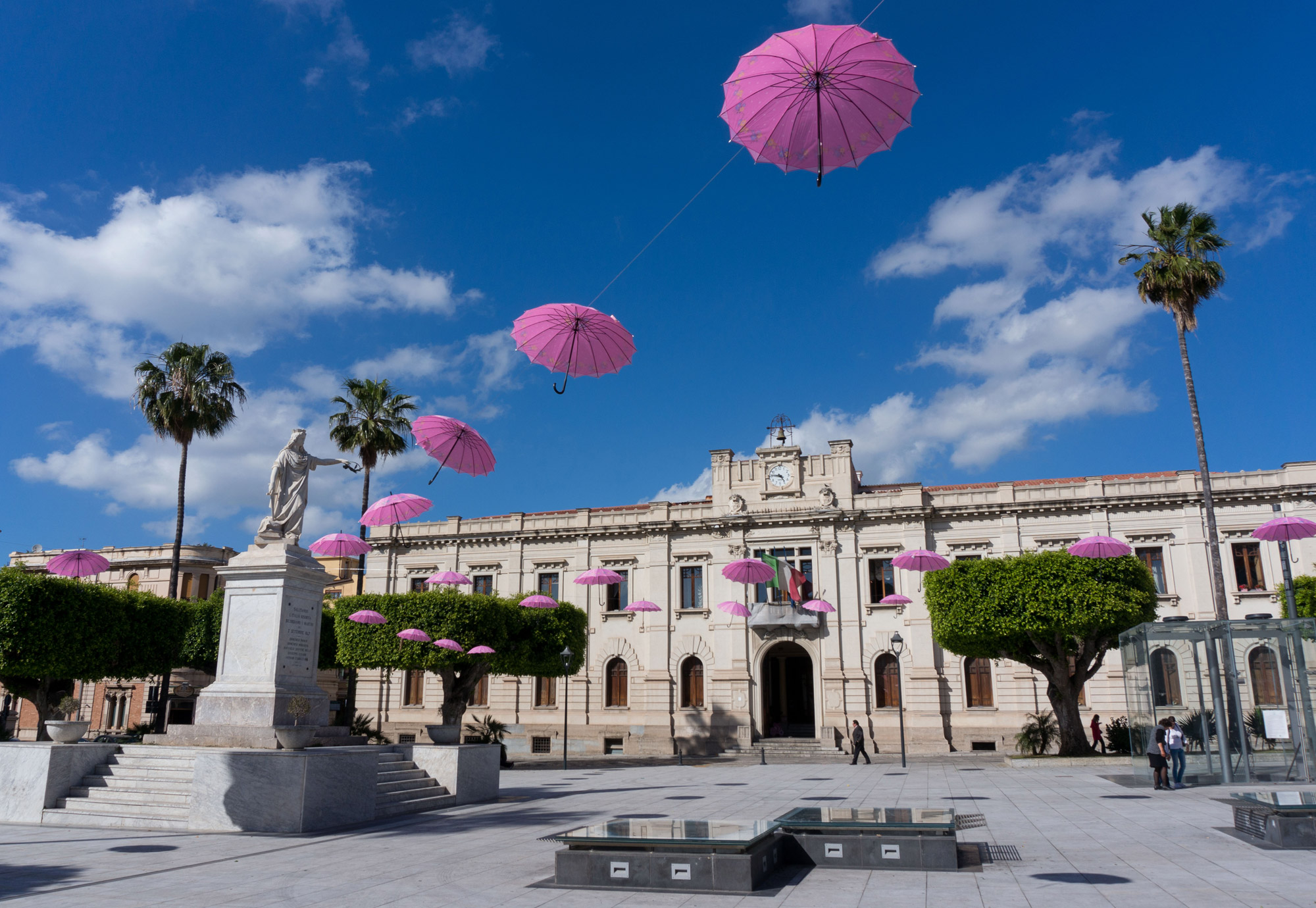
Palazzo San Giorgio
The building, which was originally located at the same site where the Communal Theatre now exists, is named after Saint George, the city’s patron together with the Patron Saint of Maria SS. Mother of Consolation. Destroyed following the earthquake in 1908, reconstruction began in 1918 and was comple [...]
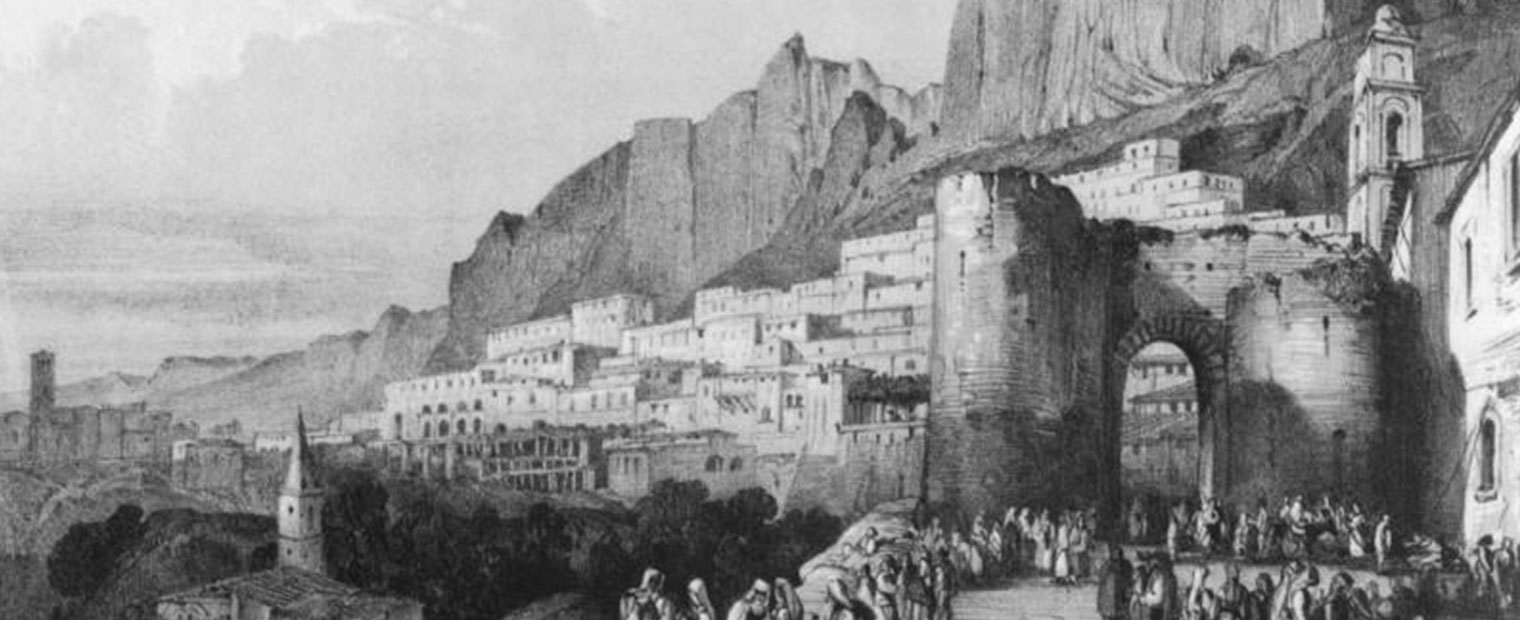
From all over Europe to the deep South
The expression “Grand Tour” refers to the travel experiences undertaken since the 18th century by many intellectuals and adventurers of the European bourgeoisie before, and American after, who chose Italy and Greece as elective homelands as a means of completing their human and cultural education an [...]
